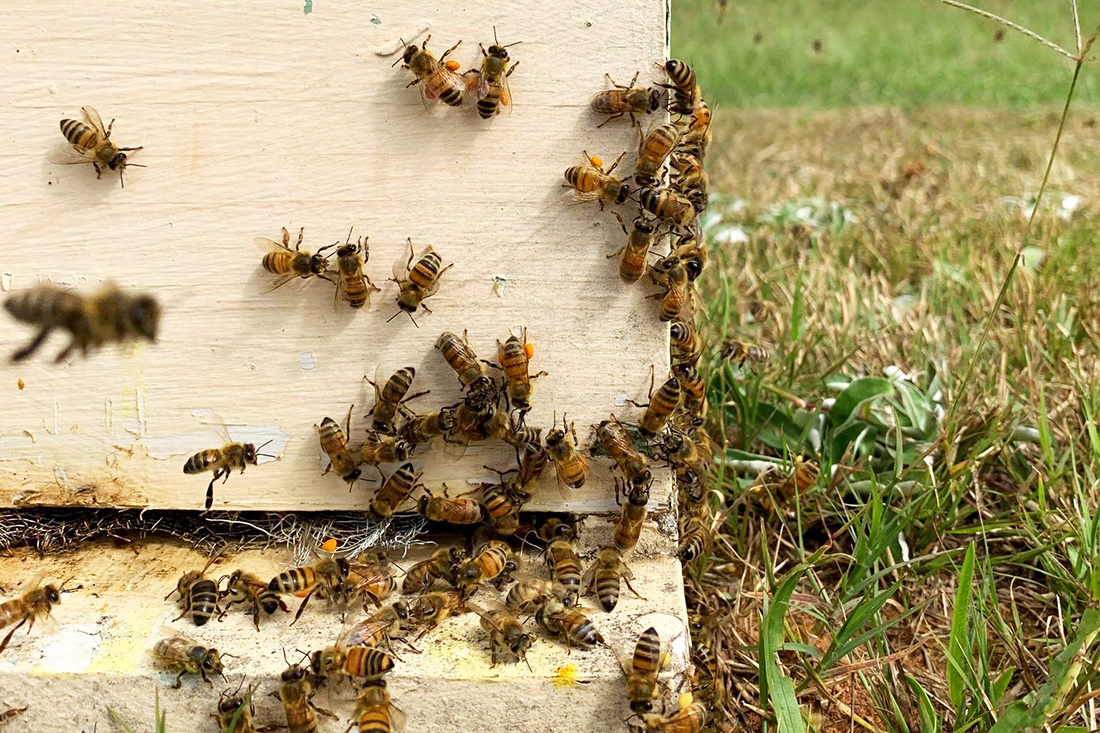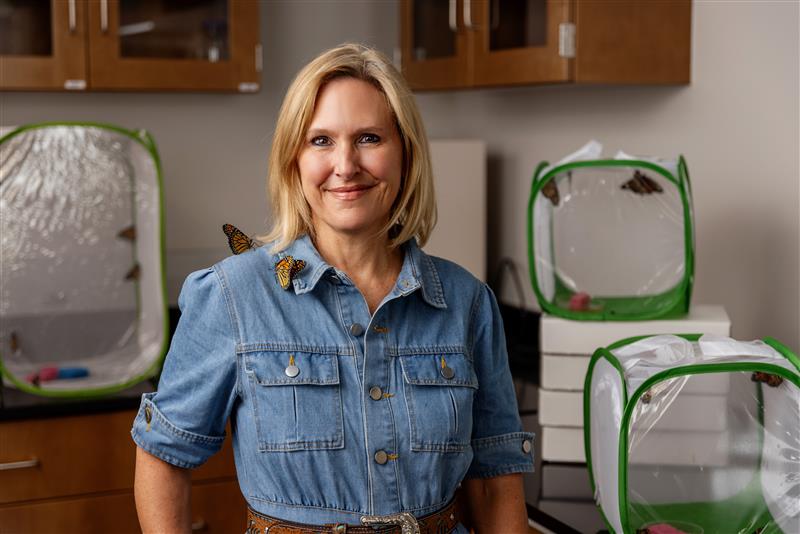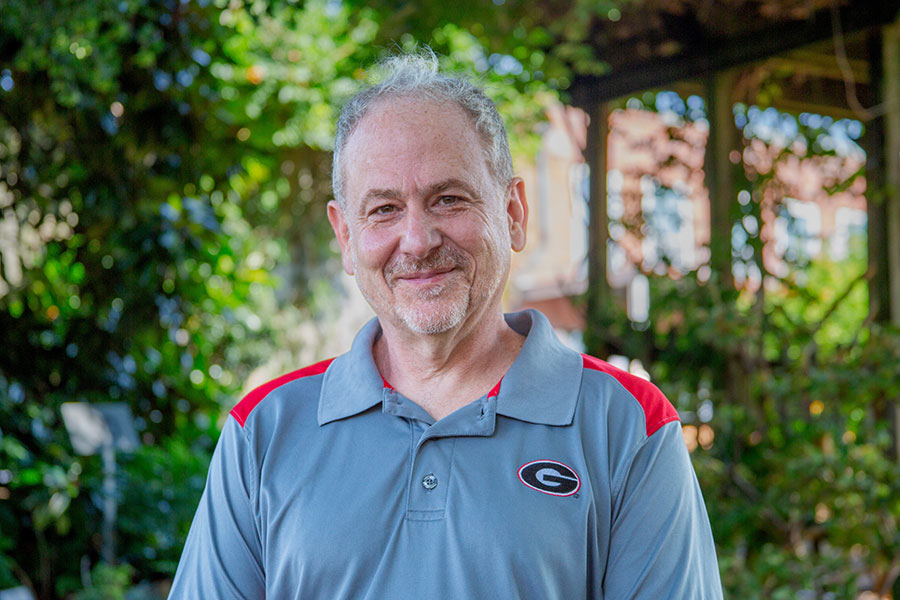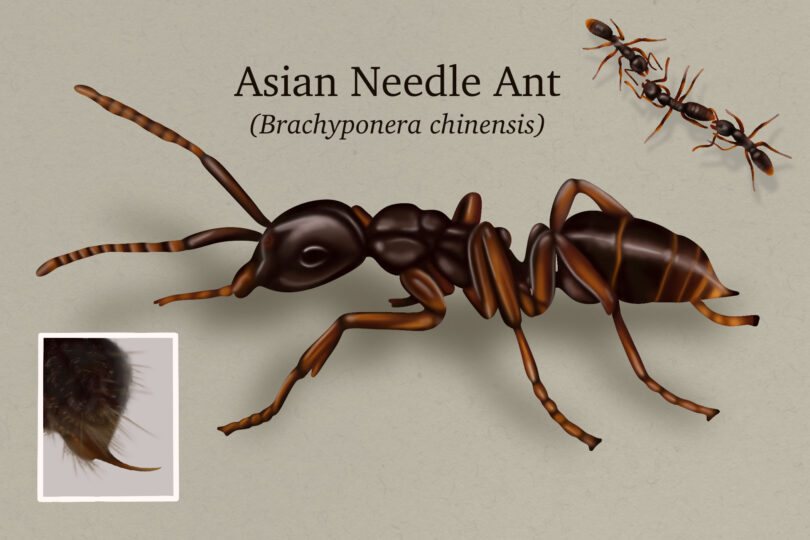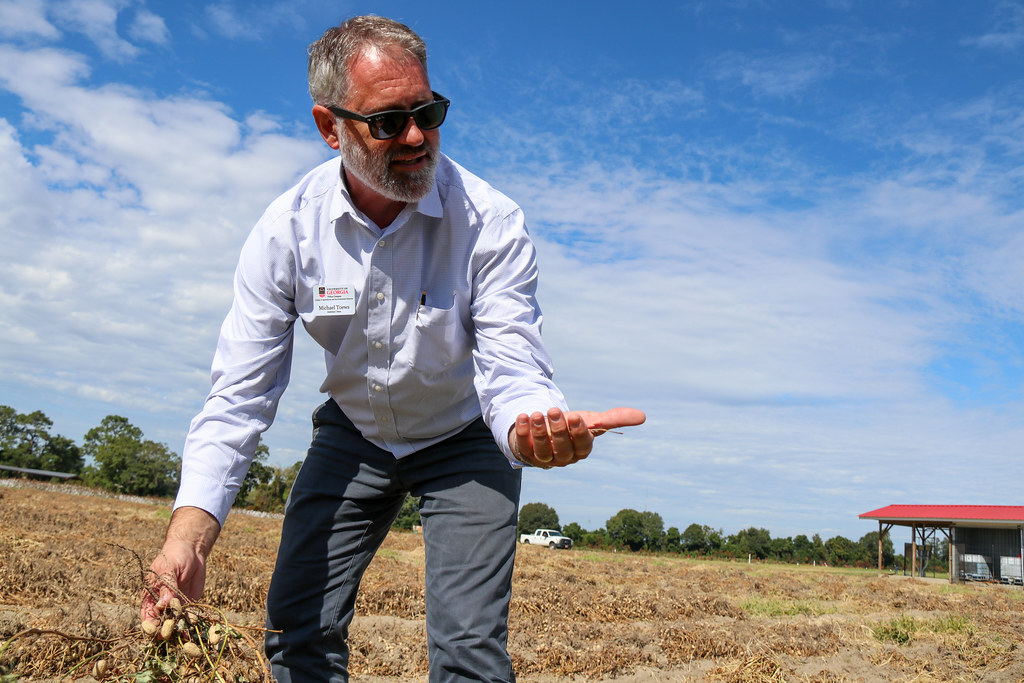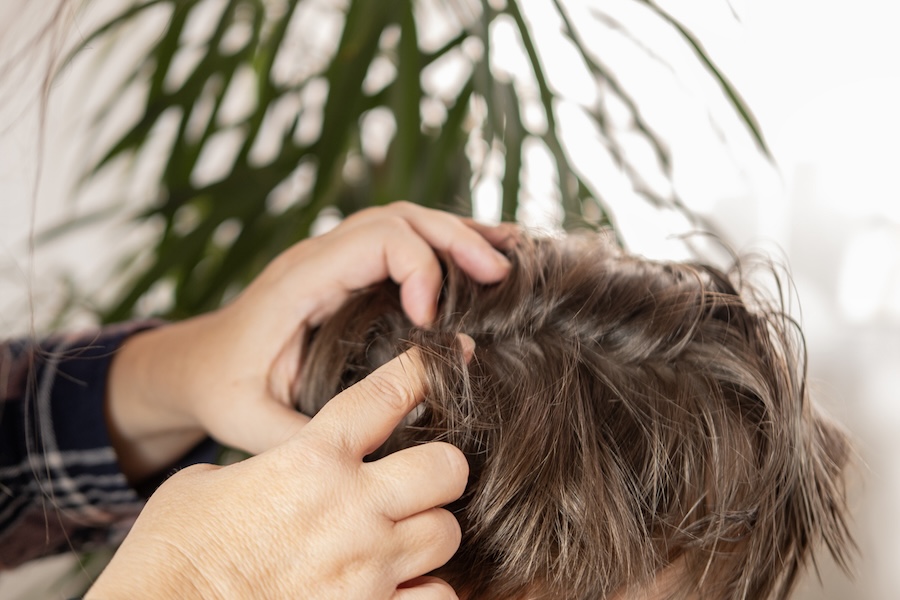
As students return to school, head lice often become a common concern for administrators and parents. Understanding how to prevent and manage head lice infestations is crucial for maintaining healthy environments in schools and at home.
Allison Johnson, the Pesticide Safety Education Program coordinator for the University of Georgia, provides essential information and advice to help mitigate the spread of this pesky pest. She assures caregivers that while head lice are a nuisance that require intervention, they are not an emergency and should be dealt with calmly and compassionately.
Understanding head lice
Head lice are tiny, wingless insects that live on the human scalp, feeding on blood. While they do not spread diseases, their presence can cause itching and discomfort. Head lice are very common among all classes of people. More than 12 million people, mostly children and school personnel, get head lice each year. Lice spread primarily through direct head-to-head contact and by sharing personal items such as hats, scarves, headphones, combs and other hair accessories.
Myth: Only dirty people get head lice.
Fact: Lice can affect anyone. They do not imply a lack of hygiene.
Myth: Lice can jump from head to head.
Fact: Lice can’t jump or fly; they move by crawling.
Myth: Pets can spread head lice.
Fact: Lice are human parasites and do not live on pets.
Role of the school
Schools play a vital role in managing head lice outbreaks by maintaining open communication with parents and having a clear, consistent policy, which helps to minimize the impact of lice on students’ education and well-being.
Key actions for schools include promptly informing parents if lice have been reported in the classroom, providing resources and support to affected families, and establishing guidelines for when a child can return to school after treatment. By immediately taking these steps, schools can effectively address head lice issues and support the health and well-being of their students.
What to look for
- Symptoms: Intense itching, a tickling feeling of something moving in the hair, and redness behind the ears or on the back of the neck from scratching.
- Nits: Lice eggs that appear as tiny, grayish-white to brown specks attached to hair shafts, often near the scalp, but they may be found anywhere on the hair strand.
- Adult lice: These are light brown and about the size of a sesame seed. They are more challenging to spot as they can crawl quickly.
Prevention tips
For schools:
- Education programs: Implement head lice education for staff, students and parents.
- Regular screenings: Designate a person, such as a school nurse, to perform screenings and check all students when an outbreak occurs. Check infested children daily for 10 days after treatment and readmission to school.
- Policy development: Create clear policies for managing lice cases and return-to-school protocol and communicate them to parents and staff.
For parents:
- Regular checks: Lice are easier to manage if caught early. Examine your child’s hair regularly, especially if they are itching.
- Avoidance: Teach your children to avoid head-to-head contact and not to share personal items.
- Hair care: Tie long hair back to reduce the chance of lice transfer.
Treatment options
At schools:
- No-nit policies: While controversial, some schools adopt policies that require children to be nit-free before returning to class.
- Environmental cleaning: Lice don’t survive long off the human scalp, so vacuuming floors and furniture can help.
- Confidentiality: Handle cases discreetly to protect student privacy and avoid stigma.
At home:
- Manual removal of nits and lice. See the 10 steps below.
- Over-the-counter treatments: Insecticidal shampoos and lotions can be effective but repeat treatments may be necessary. Follow the instructions carefully.
- Home cleaning: Wash and dry bedding, clothing and personal items at high temperatures.
- Thoroughly vacuum carpets and furniture and empty bags or containers into a trash receptacle.
Manual removal of nits and lice
The National Pediculosis Association supports manual removal as a safe alternative and necessary component of any head lice treatment regimen. Manual removal alone can completely control a head lice infestation. However, head lice shampoo alone cannot completely control head lice. You must combine shampoo treatment with manual removal.
- Work in a well-lit area or use a flashlight and magnifier or your phone's camera.
- Remove tangles using a grooming comb or hairbrush. A hair detangler spray or other hair conditioner may also help.
- Divide the hair into sections and fasten off the hair not being worked on.
- Use a lice comb to detect and remove lice and nits.
- Go through hair sections from the scalp to the end of the hair. Nits are usually found close to the scalp.
- Dip the comb in a cup of hot, soapy water or use tape to remove lice, nits or debris from the comb.
- Sift through the same section of hair and look for attached nits and live lice.
- Move on to the next section until the entire scalp and all hair has been checked.
- Screen the infested person every day for 10 days and regularly thereafter.
- If additional nits (at least three to five per day) are discovered, another manual search is recommended.
Combating head lice requires cooperation between parents and schools. By staying informed, conducting regular checks and following treatment protocols, we can ensure that lice remain a minor inconvenience rather than a major disruption.
For more detailed information, read UGA Extension publications “A School’s Guide to the ‘Nitty-Gritty’ about Head Lice” or “A Parent's Guide to the 'Nitty-Gritty' about Head Lice.”

